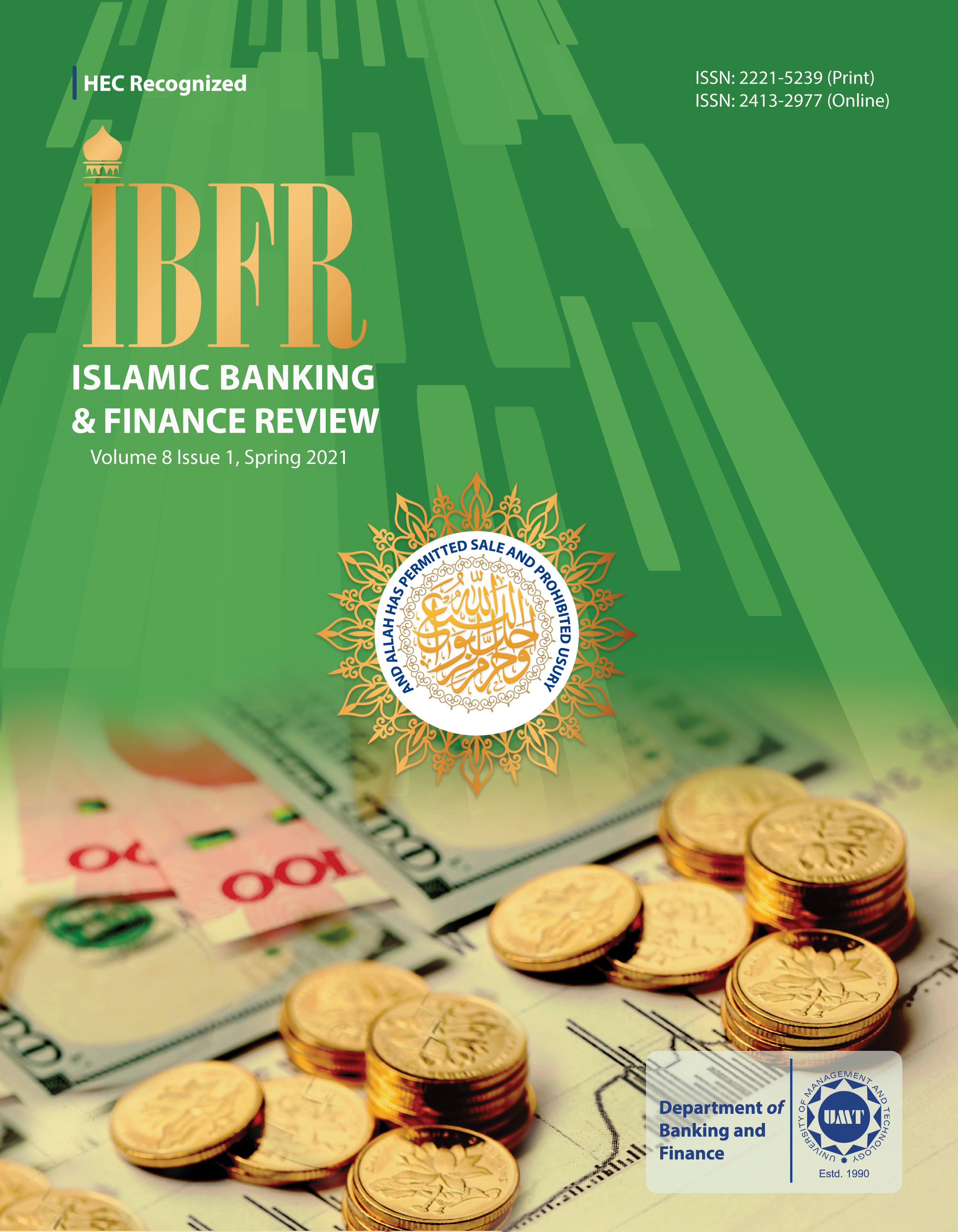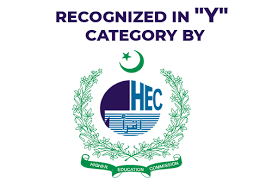Menace of Middlemanship in the Light of Islamic Teachings
Abstract
 Abstract Views: 259
Abstract Views: 259
Despite abundant agricultural production, the prices of fruits, vegetables, and other agricultural items remain high, keeping these products out of the a common man’s reach. Although small and poor farmers work hard throughout the year, yet they remain indebted and poor. There might be various reasons for their plight such as the extraordinarily high prices of agri-food items; however, the role of the middleman (Arhti) seems to be the most damaging in this regard. This paper analyses the role palyed by the middleman in Pakistan in the light of Islamic teachings and primary (through survey questionnaire) and secondary data. The study found that generally, the middleman is a cruel character and causes distortions in the economy, particularly in the agro-food market. He deprives poor farmers of meaningful profit, keeps them under the pressure of debt, and causes price hikes of essential items which leads to artificial inflationary pressures in the economy. Ultimately, this phenomenon exerts pressure on the government as well. The current study also found that the presence of middleman in the supply chain of agro-food items deprives poor farmers of their right of earning genuine profit.Moreover, it also increases the price of essential food items. Hence, in the light of Shariah guidelines, unnecessary brokering needs to be restricted so that farmers are able to sell their produce themselves. Furthermore, the middleman’s role needs to be curtailed for the welfare of the farmers, improvement of the agriculture sector, and the betterment of the economy. The study recommends the framing of comprehensive long-term policies for the purchase of crops, monitoring of fruit / vegetable markets, provision of interest-free loans to farmers, setting up of an efficient market mechanism, establishment of effective consumer courts, and the improvement of the transportation system.
Downloads
References
Amjad, S. and Hasnu, S. (2007). Smallholders’ Access to Rural Credit: Evidence from Pakistan. The Lahore Journal of Economics, 12(2), 1-25.
FAOSTAT (2017). Food and Agriculture Organization of the United Nations
Haq, A., Aslam, A., Chaudhry, A. A., Naseer, A., Muhammad, K., Mushtaq, K., & Farooqi, M. S. (2013). Who is the" arthi": Understanding the commission agent's role in the agriculture supply chain. International Growth Centre (IGC) Working Paper.
Jones, L., & Shaikh, P. (2005). Middlemen as Agents of Change: MEDA and ECDI in Pakistan: Small enterprise education and promotion (SEEP) network.
Kaleem, A., & Abdul Wajid, R. (2009). Application of Islamic banking instrument (Bai Salam) for agriculture financing in Pakistan. British Food Journal, 111(3), 275-292.
Kaleem, A., & Ahmad, S. (2010). Bankers’ perception towards Bai Salam method for agriculture financing in Pakistan. Journal of Financial Services Marketing, 15(3), 215-227.
Khan, A. (2010). Can the role of middleman be eliminated. Website Link: http://www. archives. dawn. com/archives/154876.
Mahmood, B., & Hussain, S. (2004). A Study of Socio Economic Constraints in the Flow of Agricultural Credit with Special Reference to Small Farmer in District Faisalabad.
MNFSR. Fruit, Vegetables and Condiments Statistics of Pakistan 2017-18. ww.mnfsr.gov.pk
Marghinani, B. (n.d). Al-Hidaya, Bab uSalam, (urdu translation by Maulana Jamil Ahmed), Makataba Rahmania, Lahore
Pakistan Economic Survey. (2013-14). Finance Division: Gevernment of Pakistan, Islamabad.
Pakistan Economic Survey. (2015-16). Finance Division: Gevernment of Pakistan, Islamabad.
Pakistan Economic Survey. (2016-17). Finance Division: Gevernment of Pakistan, Islamabad.
Pakistan Economic Survey. (2017-18). Finance Division: Gevernment of Pakistan, Islamabad.
Pakistan Economic Survey. (2018-19). Finance Division: Gevernment of Pakistan, Islamabad.
Pakistan Economic Survey. (2019-20). Finance Division: Gevernment of Pakistan, Islamabad.
Pakistan Statistical Year Book. (2014). Pakistan Bureau of Statistics, Islamabad.
Qadir. A. (2005). A Study of Informal Finance Markets in Pakistan. Prepared for the Pakistan Microfinance Network
Saeed Khan, S. (2008). Rural Finance Policy in Pakistan (ITS SCOPE, SOURCES AND IMPLICATIONS FOR THE MICROFINANCE SECTOR).
Sahih al-Bukhari. English translation by M. Muhsin Khan. at https://www.ahadith.net/bukhari/book/35/chapter/1/hadith/2240 and www.quranexplorer.com
World Development Report (2008) "Agriculture for Development". Retrieved from www.worldbankorg.
Year Book 2013 - 2014. Government of Pakistan, Ministry of National Food Security and Research Islamabad. www.mnfsr.gov.pk
Zuberi, H. A. (1989). Production function, institutional credit and agricultural development in Pakistan. The Pakistan Development Review, 43-55.
Web Sources
www.sbp.org.pk
www.parc.gov.pk
www.pbs.gov.pk
www.wordlbank.org
www.faostat3.fao.org/
www.pakissan.com
Copyright (c) 2021 Naeem Ahmed

This work is licensed under a Creative Commons Attribution 4.0 International License.
Authors retain copyright and grant the journal right of first publication with the work simultaneously licensed under a Creative Commons Attribution (CC-BY) 4.0 License that allows others to share the work with an acknowledgement of the work’s authorship and initial publication in this journal.












